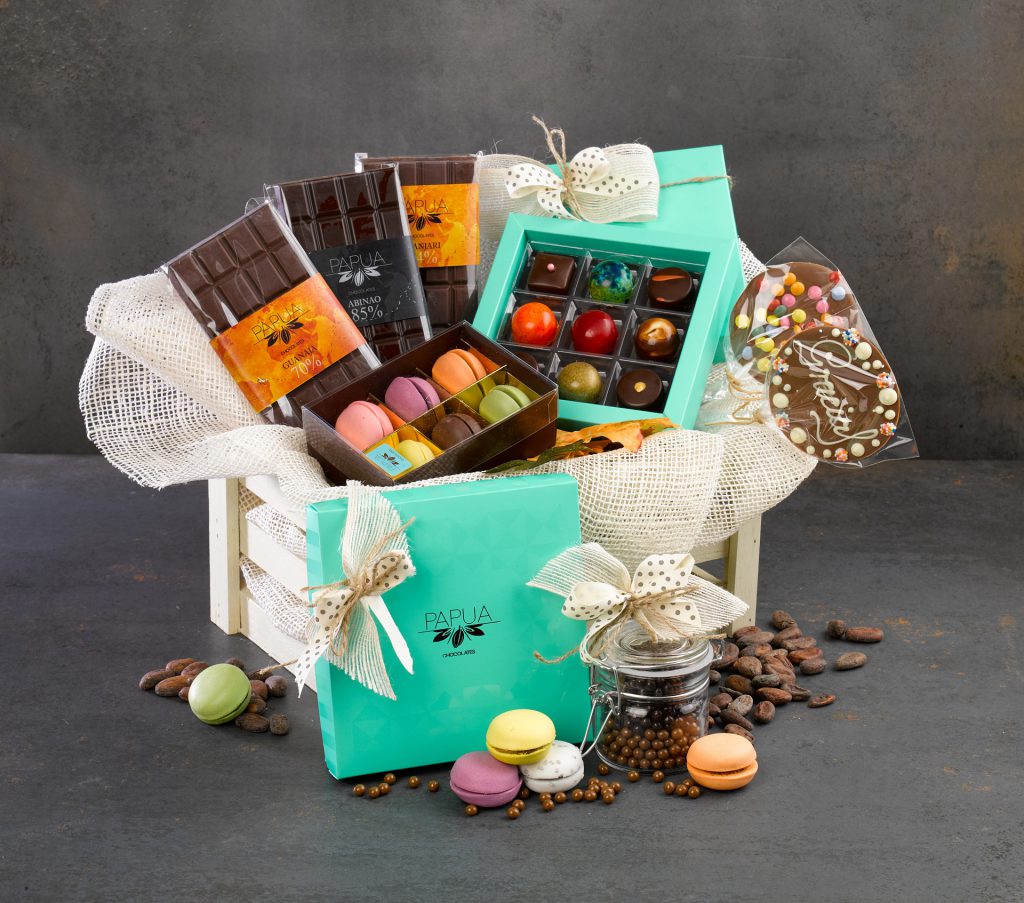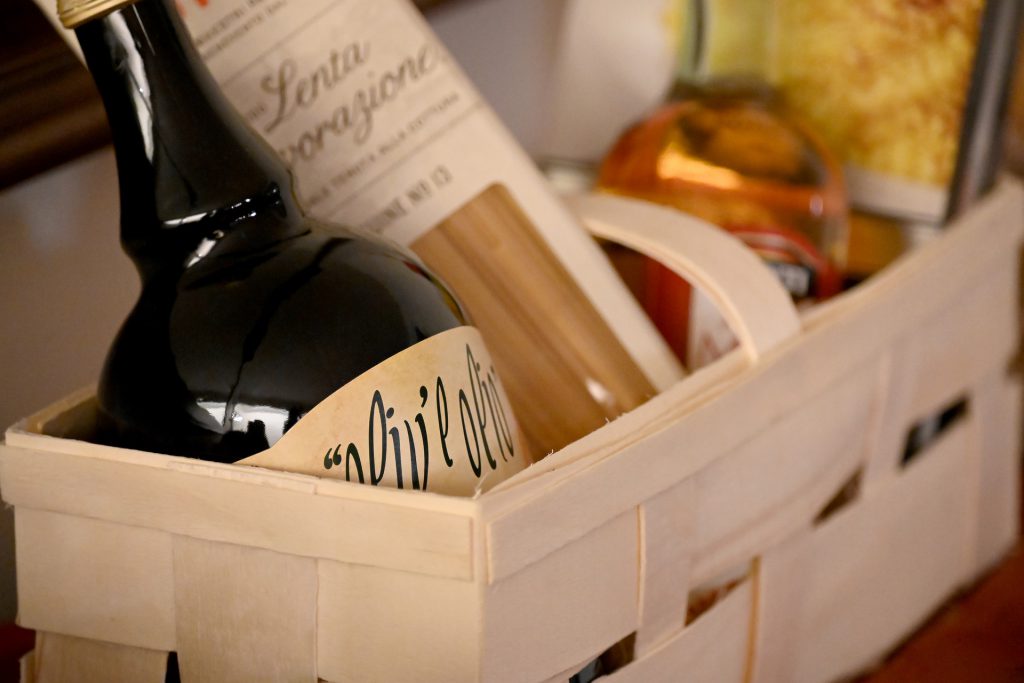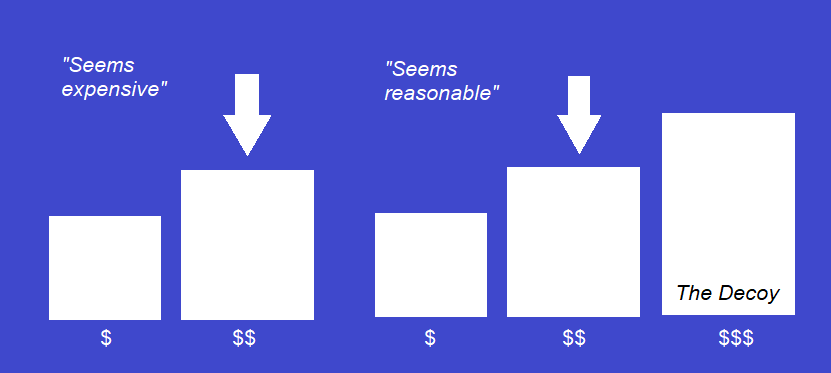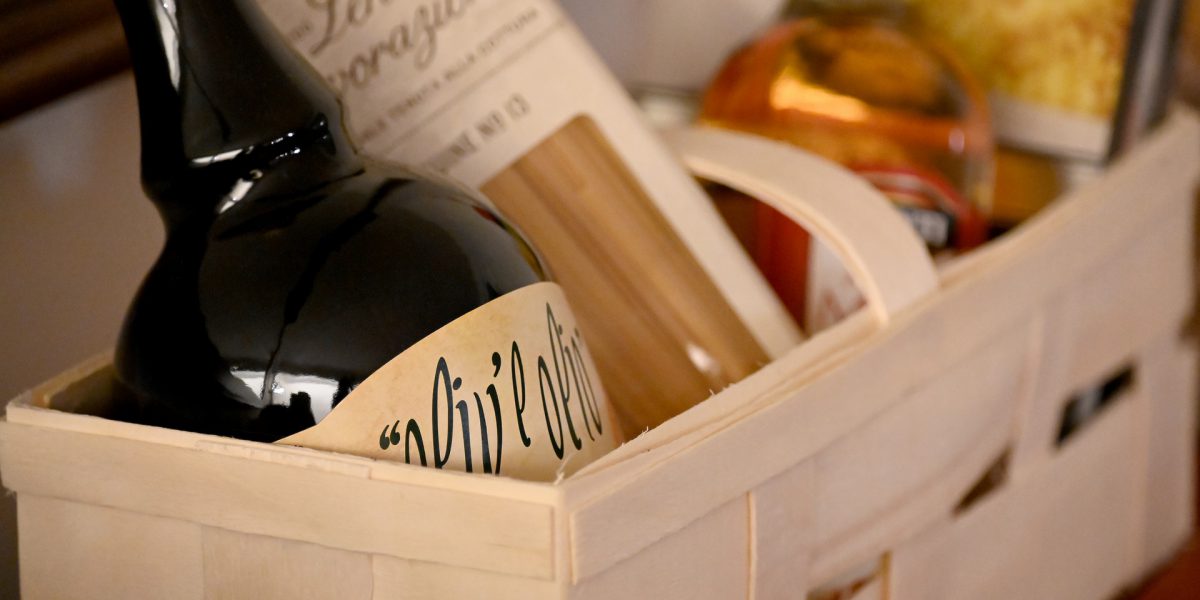Do you have a bunch of smaller silent auction items that don’t really “pop” on their own?
In this post, you’ll learn how to bundle your silent auction items into baskets so the whole is greater than the sum of the parts.
We’ll cover:
- Choosing items to bundle
- Setting the minimum bid
- Presenting the bundle
Let’s dive right in to turn your duds into buzzworthy prizes.
Step 1: Choose Items to Bundle
There are two main approaches to bundling items: the similar item approach and the complementary item approach.
Both approaches can work well, depending on the items you’ve procured.
The “Similar Item” Approach

With the similar item approach, you put a bunch of like items together in a basket. This approach is popular with wine and foodstuffs.
For instance, you could put several bottles of wine together to appeal to the aspiring sommeliers in your audience. Alternatively, provide a variety of cheeses, chocolates, olive oils or salamis.
The upsides to the similar item approach is that 1) It’s easy to think of ideas and 2) You generally only need one person or business to donate the items you need.
A wine shoppe would love to showcase their selections by donating a few bottles they purchased from the vineyard at cost!
The “Complementary Item” Approach

With the complementary item approach, you pair items that can be used together.
For instance, rather than bundling several bottles of wine together, bundle a fancy bottle of wine with a gift certificate to a high-end restaurant. Then label it the “Date Night Bundle.”
Or, if you have tickets to the opera, you might bundle them with a gift card for a free dress or suit fitting, or an album of the corresponding opera.
While the complementary item approach requires more creativity and effort than the similar item approach, it usually raises more money.
Baskets of complementary items are more likely to elicit an emotional response for the bidder, rather than having them think how hard it would take to get the same bundle off of Amazon.
Step 2: Set the Minimum Bid
Setting a proper minimum bid is crucial to generating the largest possible net donation.
Set the minimum bid too low, and you leave money on the table. Set it too high and you stifle bidding.
Rules of Thumb
If your bundle consists of fully donated items, organizers commonly start the bidding at 30% of the fair market value (FMV).
For consignment items, the appropriate minimum bid will depend on the consignment company’s pricing model.
For TravelPledge experiences, sum TravelPledge’s supplied minimum bids to reach your minimum bid. For fixed-price consignment items, sum your costs if the bundle sells and add 10% to that amount for the starting bid.
Other Considerations
Rules are made to be broken. Here are some other considerations to further refine your minimum bid.
Determining Fair Market Value (FMV)
For most similar item bundles, calculating FMV is relatively straightforward. How much would it cost someone to go to a store to get a comparable bundle?

Some baskets featuring experiences, memorabilia, and emotional items are tougher to quantify, especially when then the whole is greater than the sum of the parts.
One strategy is to add up the FMV of each item on its own and then increase your total by, say, 20% as a “bundle premium.”
Don’t forget to consider convenience when calculating FMV. If you’ve driven all over town to put together a unique bundle, and the bidder couldn’t simply order everything online, increase the FMV accordingly.
How Broad Is the Bundle’s Appeal?
For bundles that have broad appeal, such as those containing priceless items, you may attempt to spur some competitive bidding among your audience.
So, you would want to set a lower minimum bid to get more people signing their name to the bid sheet. People seeing others’ interest in the bundle will only drive them to raise the bidding.
Conversely, items that may appeal a lot to very specific subset of your audience should start with a higher bid. An example may be a piece of sport memorabilia that only die-hard fans would appreciate.
Most likely these items will be won with the minimum bid even if the starting bid is very low. Make your one bid count with an appropriately high price.
“Decoy” Bundles
The decoy bundle is a bundle you put together simply to get people to bid on other items.
Now why would you do that?
Say you’ve procured many lower or middle tier items that are fully donated. And say you’ve also procured a bundle of no-risk consignment items, where you pay the consignment company only if the bundle sells.
What you don’t want to have happen is that you sell the consignment bundle, when those same bidders would’ve purchased a fully donated bundle to generate a bigger net donation.
In this scenario, you would set the consignment bundle as your “decoy.”. You’d price it noticeably higher than your other bundles so the other bundles will look more attractive in comparison.

If all your fully donated bundles sell and your “decoy” also sells, then you’ve had a great night!
Step 3: Display the Bundle
If your silent auction bundle isn’t displayed appropriately, bidders will fail to “connect the dots” as to why your bundle is worth purchasing.
Proper silent auction basket displays tie the items together to produce a cohesive offering.
Baskets, Bags & Crates
Don’t just arrange your bundled items near each other on the table. By the end of the night, it will look like an unorganized mess as bidders pick up items to examine them.
Purchase attractive packaging, such as a nice basket, bag or crate. If possible, use packaging relevant to the gift at hand.
For instance, if you are offering a travel package, bundle guidebooks and travel vouchers inside a suitcase to sweeten the deal. Or, If offering a camping excursion, package your items in a beverage cooler.
Minimize Disposable Packaging

You may need to use cellophone for some of the packaging but try to keep it to a minimum.
Everything in the bundle should be something that the winners can take with them and keep for themselves. Disposable packaging also just cheapens the feel of the product, so do away with it whenever you can.
Place Your Bundles Strategically
Don’t set all of your bundles up near each other. Instead, space them at even intervals throughout the room, allowing participants to see a good mix of bundles and larger items.
Consider placing bundles near the larger items that they complement.
For example, if you are auctioning off a rare piece of sports memorabilia, you could keep a bundle near it that includes tickets to a game, a home team’s hat, and a sports-related DVD or book.
The same bidders drawn to the memorabilia will be interested in the bundle as well so you could elicit multiple bids.
For bundles, as with anything at your fundraiser, always keep your audience in mind. Keep your baskets simple but attractive, and make sure that the items work with each other and are relevant to your theme.




